
JULIA LEE BARCLAY-MORTON – YOGA, WATER AND REWRITING AUTISM
I interviewed writer Julia Lee Barclay-Morton about her experience of autism. Julia began as an experimental dramatist in New York, moving to the UK to
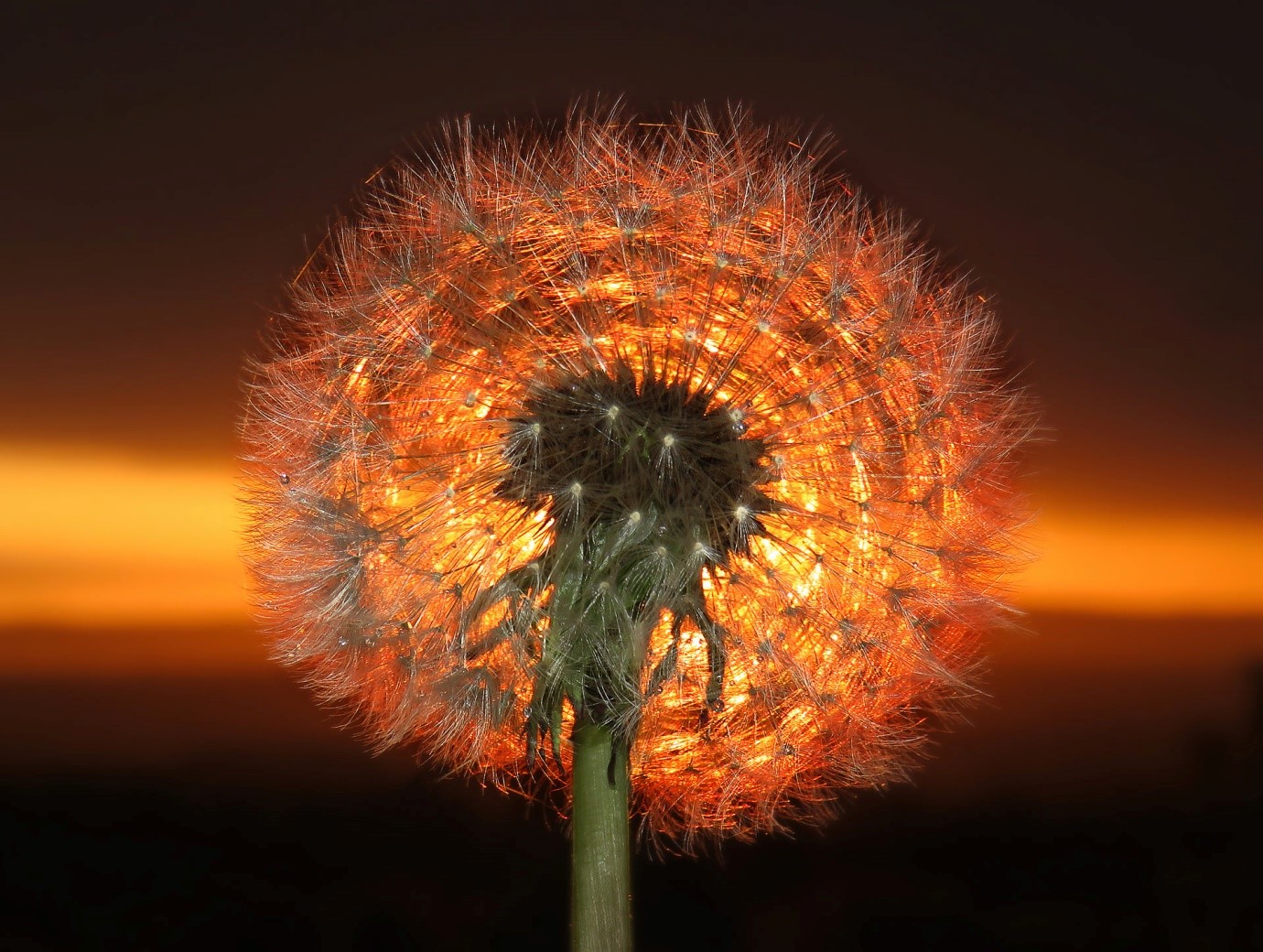
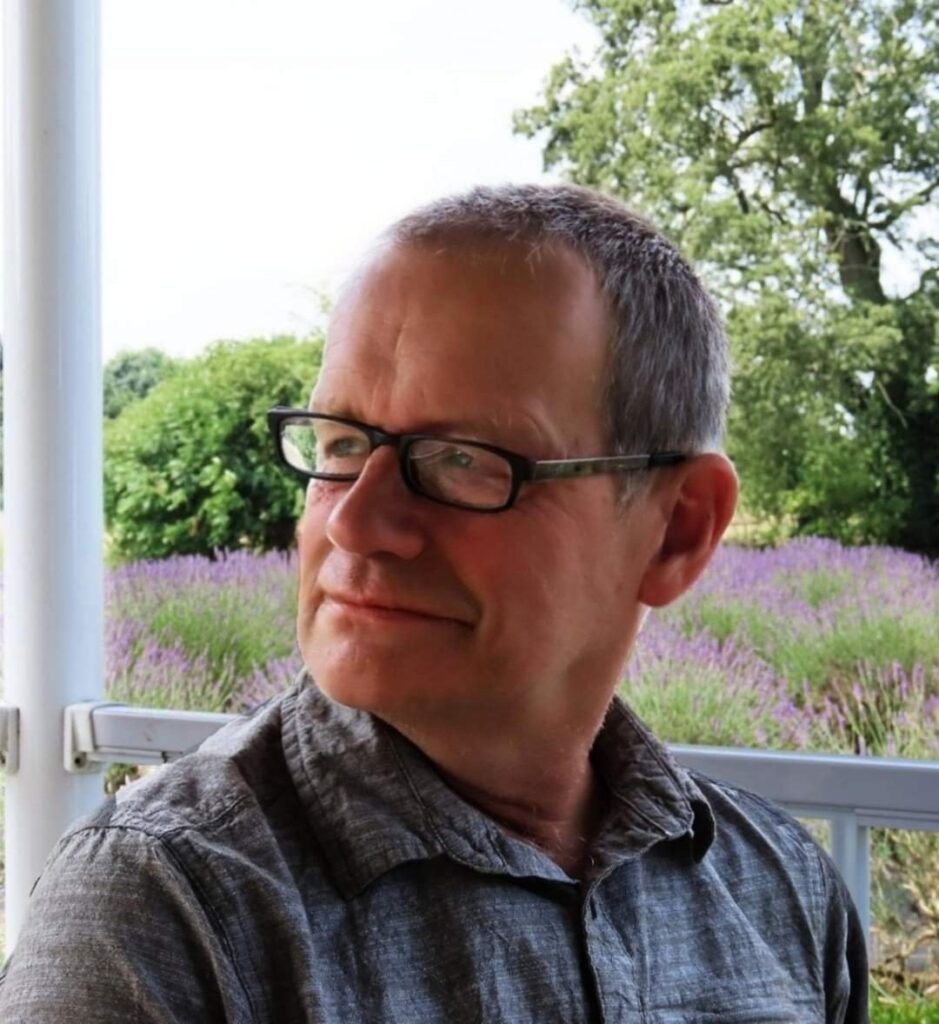
In this interview with Phil Barnett, he tells the story of how contracting a virus, leading to a severe case of M.E., changed his life completely. Phil is a multi-genre artist who creates ‘hybrids’ in music, painting, digital art, video and poetry. His experimental music, inspired by bird calls, has been broadcast on German radio. Phil also describes his ‘patches’ and his deep-nature experiences.
Leslie: Tell us about your illnesses. How have they constrained, enriched and changed your life? What have you learned about illness and yourself from your experiences?
Phil: I became ill when working as an English teacher in Portugal. Over the course of a few months I went from having a fully functional body to being in a wheelchair. Previously I’d been a marathon runner, suddenly I was barely able to move.
I came to England, with my then-wife, and moved back with my parents. At my worst I was so weak that my mother had to cut up food for me and I was only able to drink coffee through a straw being unable to lift the cup.
My brain had also seized up. I’d listen to music on the radio but would have to turn down the volume when the announcer came on, as the mental effort of processing speech was too much. In one fell swoop I had lost my health, my job, my marriage – all the trappings of a ‘normal’ life. I was a deflated balloon.
I was in this state for ten years and my world contracted to a view out of a window onto a garden. During this period I learnt to, in William Blake’s words – see the world in a grain of sand.
As I wrote on my blog:
You scan the horizon, your view an expanse of hill, field and sky, then you focus in on a detail, maybe a bird or a tree. Does your perceptual world contract to a shrunken fragment? No, it stays the same size or maybe even expands. As your attention homes in, so there is a mental blossoming – what was coarse-grained becomes finescale. Uniform Mondrian blocks show their true nature as a filigree of delicate tracery.
Like a baby in a pram, whose universe consists of its mother and perhaps some toys, it seems limited, but this is the canvas upon which everything plays out – all the sights, smells and sounds to feed the baby’s developing brain.
Parkinson’s Law states ‘work expands so as to fill the time available for its completion.’ There are many corollaries of this. Mine would be: ‘perception expands so as to fill the amount to be perceived.’
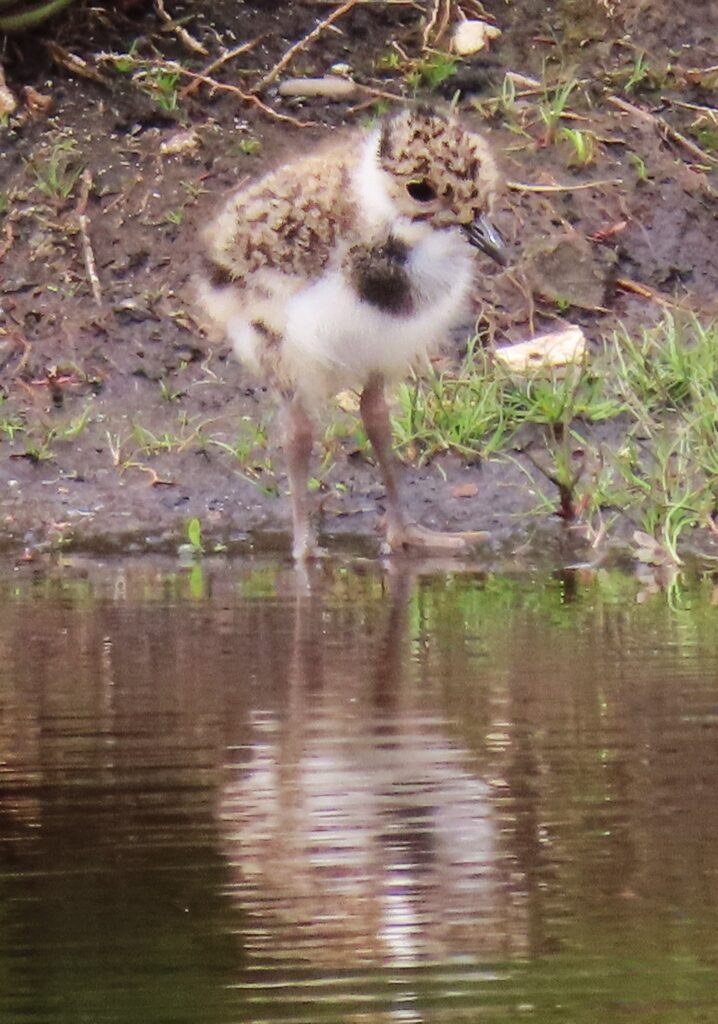
During that time I was seldom bored or down, because of – birds. As I often say ‘birds kept me going’, or even ‘birds saved my life’.
I’ve had a lifelong love of birds and this stood me in good stead. I would look forward in the morning to going downstairs and seeing what was happening in the bustling, colourful, feathered world. It was as if I’d outsourced my consciousness to birds.
I would record the birds that I saw and at the start of each month I’d perform what now seems like a ritual. I would say the names of each of the birds that came into the garden. “Wren, Coal tit, Blue tit, Goldcrest” I’d say them aloud with my mother beside me. She’d write them down the side of piece of paper. This was so that, during the month I could place a tick each day when I saw the bird in question. I couldn’t write them myself as my brain wasn’t up to the job.
“Wood Pigeon, Collared Dove, Feral Pigeon, Sparrow hawk.” I’d chant the scope of my world, the extent of my landmass, my ancient map. At the start of each month I’d perform the ritual of birds.
When my brain came more ‘back on line’ I compiled a yearly report of the garden’s birdlife. And I created a web site – ‘Birds in a Cheshire Garden’. This led on to my biggest achievement to date. My site won the 1999 Yell Award – at the time this was the UK’s ‘web Oscar’. I was whisked from my room, after hardly ever going out, to London and a glittering award ceremony complete with the obligatory Jonathan Ross.
For me this was a great example of the fact that we can always turn disaster into triumph, of there always being silver linings for the taking.
At the time these ten years seemed simply like day after day of sitting in a chair with nothing happening. Some bird activity in the garden perhaps, but very little actually happened. But in a way everything happened.
After I‘d seemingly got better I put it all behind me and moved on with my life. However over the last few years this episode has come back more and more to my mental foreground. And I might even describe it now as being the defining time in my life.
I learnt to look at the small things and to take comfort in them. It was a time when that grain of sand that contains the world came into focus – came to the rescue.
Those years were a time of simplifying, of distilling my life down to the basics. I learnt that I could be with myself, that I had the inner resources, a hinterland that I could draw on.
It was a time of stopping the world to get off. Stepping back from life and viewing from the outside rather than being caught up in the day-to-day concerns.
Most of all it was a time being, not doing.
I doubt that I would have an interest now in meditation, in the mind and consciousness and eastern traditions such as Buddhism, if it hadn’t been for that time.
I also doubt that I would now be writing poetry (I have a book of poetry coming out soon called ‘Bird Knit My Ribs Together’). And when thinking of inspiration for writing, for poetry, I’ll quite often go back to that time when nothing happened – when everything happened.
I am also currently writing a book which will draw on those experiences. It will be half memoir, half fiction, and the theme that will bring it all together is – ‘a hero’s journey in a chair’.
Leslie: Can you tell us the story of how you discovered ‘the patch’ and ‘patches’. What are the things you do that relate to it and them?
Phil: Your patch is your home turf, your backyard – literally or metaphorically what’s right in front of your nose. My decade-long stretch of chairbound illness constituted my first incarnation as a patch watcher. The garden I looked out onto had become my world, it was my patch and my universe.
I’m still affected by illness but my body is in working order a lot more than it was. I’ve held onto my patching proclivities. When I can, I step out of the front door and that’s my patch – some seemingly ordinary acres of Lancashire countryside. A few years ago I started a blog on the patch which gave me the impetus to fully explore it. Aspects of nature have unfolded themselves in wonderful and unexpected ways.
When I started out I was primarily a bird watcher. I then started to nurture, what had been fledgling, interests in other branches of natural history. This boosted my enjoyment many-fold. If you just look for birds you’ll just see birds.
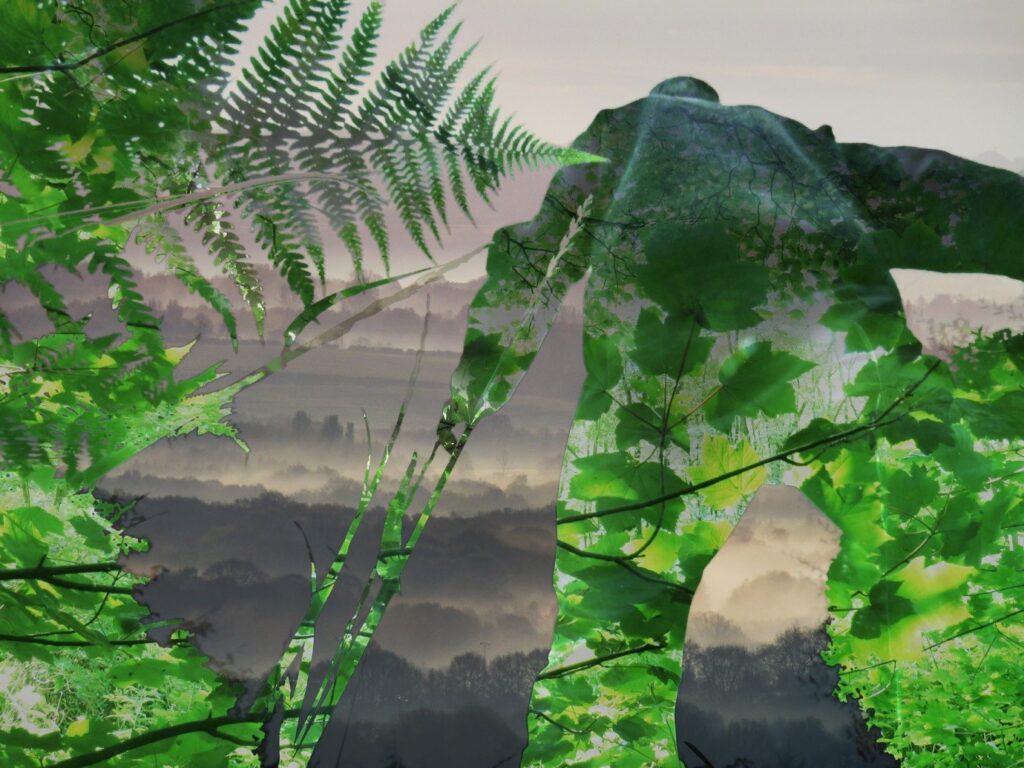
This is something that’s struck me again and again, the contrast between what’s ‘out there’ – in nature – and what we perceive ‘in here’ – in our brains. There seems to be an almost infinite wealth of species, behaviours, interactions, but all we ever see is the very tip of nature’s iceberg. We are the prisoners in Plato’s cave – all we see are the shadows cast by the fire.
We can search out things that give us a glimpse into this hidden realm. Owl pellets are a good example. The undergrowth is teeming with small mammals which we hardly ever see. Unlike the owls, we don’t have the razor-sharp senses to detect them, nor does our survival depend on catching them. However, a rummage through a few pellets soon reveals a multitude of mammal bones – showing us just how abundant the voles, mice and shrews really are.
In autumn I’m often struck by the way morning dew reveals the amazing profusion of money spider webs – an almost unbroken carpet of gossamer. An hour after sunrise the dew had gone taking with it the silken spectacle.
Opening the moth trap after a still night in August gives a window onto the usually unseen lepidopteran hoards that frequent almost every back garden. Another veil temporarily is drawn back – the scales lifted from our eyes.
Even with these peeks through the keyhole our brains only give us half the story – or less – just a small fraction of everything that’s ‘out there’ in fact. It’s tempting to think that when we look at a scene there’s the real ‘us’ inside our brains watching the world like a cinemagoer – getting the whole picture. However, the brain is fooling us. Only a small area at the very centre of the gaze is in high definition, the rest is a blurry approximation. The eyes dart around absorbing information, the rest of the picture is seamlessly filled in by mental slight of hand.
So it is with all the senses – the brain drip-feeds sensory information to our conscious minds, very much on a need to know basis. The mental model we have of the world has only a tenuous connection with the physical reality.
So we have to make do with crumbs from the perceptual table. But what crumbs! If we take the time to look nature gives us a feast for our senses and a banquet for the soul.
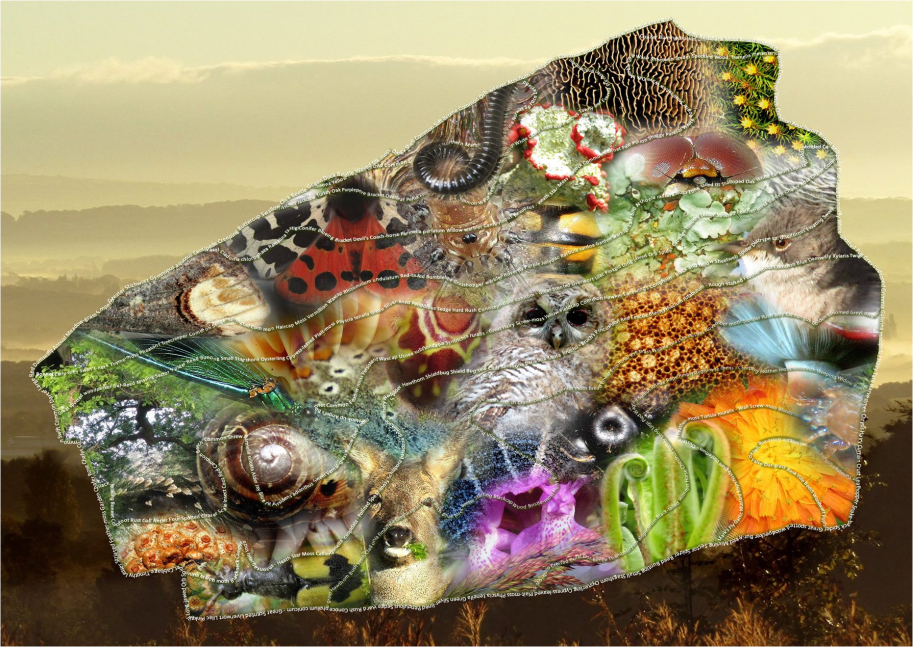
Leslie: How do you make your music, what gives you ideas, and what’s important about it?
Phil: I’ve made music under the name Squinancywort for about twenty years. Originally this was fairly experimental electronic music and I made five albums all of which I gave away for free. It certainly wasn’t everyone’s cup of tea and would probably be termed experimental or maybe even ‘difficult’. I’ve had number of plays on the radio including several on BBC 6 Music. Stuart Maconie played a couple of tracks on his BBC show The Freak Zone, the name of which possibly gives a flavour of the kind of music I was making.
Later on I started to make much ‘nicer’ music with nature sounds and ‘birdtronica’ as I termed it. The sounds used were ones I recorded myself or, for bird sounds, I used those of professional sound recordists – with their permission.
I assemble the sounds on the computer using a DAW (digital audio workstation). Some of the sounds are unadulterated and others are processed. This processing involves changing pitch, using effects such as reverb, echo, vocoder and all kinds of guitar pedal-type effects.
The idea of a collection of unaltered bird sounds is very appealing – after all that is more or less what the dawn chorus is – however as a piece of music it doesn’t work particularly well.
The range of frequencies is very narrow, so in order to produce, for example, percussive and bassy sounds I will pitch down by several octaves. Birds do in fact make very percussive sounds (often alarm calls) and it’s possible to simulate something like a bass drum, snare drum, hi-hat etc. by playing around with the pitch and the envelope of the note.
In this way I can also get a whole scale from a particular bird sound (say a brief part of a blackbird song). So it can be made into a kind of musical instrument with which I can then play a melody, a riff or a bass part.
One of the bird pieces was a commission from NABU (Nature and Biodiversity Conservation Union – one the largest environment associations in Germany. The track was made for a radio program publicising their garden bird count. I made a track, with a reggae rhythm, from the calls and songs of the commonest German garden birds.
A particularly satisfying piece was called Dog Rose Dance. I took a photograph of some hips on a dog rose bush and then placed a musical stave on the photograph. In this way the hips became notes.
I produced all the sounds for the track using the rose bush itself. I dropped some of the hips on a table to get a percussive sound and with a branch performed various actions to get different sounds – sloshed in water, struck a glass bottle, struck a guitar string. The latter enabling me to get a musical scale.
The resulting rose hip melody, when played with the guitar sound, was surprisingly tuneful! For me the satisfying thing about this track was the fact that it felt like a collaboration between the rose and me. It was nice to think, perhaps rather whimsically, that I was giving a voice to some potential, inherent music that had been hidden up to that point.
It also spawned an idea for larger project – ‘getting the patch to speak for itself.’
Leslie: Can you explain and illustrate the meaning of ‘microcosmic’, please?
Phil: Something that’s ‘microcosmic’ reflects, in miniature, a larger object or idea. The words ‘fractal’ and ‘self-similar’ reflect similar concepts. Ferns, trees and coastlines are self-similar in that if you zoom into a small portion it looks like the larger, zoomed-out version.
My blog and shop are called microcosmic and it’s a word, a concept that I’m very fond of.
The patch is a small piece of countryside that is a microcosm of the larger environment and I like the way that microcosmic as an idea is represented in many disparate fields.
So we have the details on one end of the spectrum and the big picture, the whole, the gestalt on the other. There are laws of nature, then there is a theory of everything, or at least the potential for such a theory, as at the moment it remains something that science is seeking.
Similarly we have – the individual and the whole of humanity, opinions on specific matters and a philosophy of life, being self-conscious, lost in thought and being selfless – experiencing pure being.
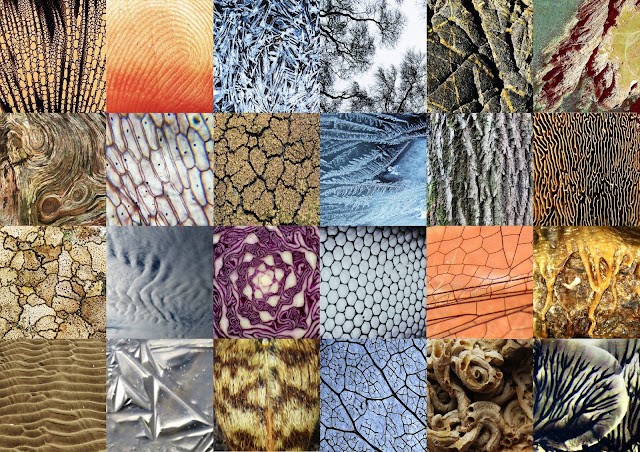
So in observing the patch you are observing the world. In watching your own mind you are watching minds in general and in creating something inspired by the details you are also expressing the nature of the whole.
For me the idea of the ‘awe-ordinary’ conveys how I try to experience the natural word and indeed moment to moment existence. That’s to say taking the base metal of the everyday, the ordinary, the humdrum and by a kind of alchemy converting it into the fabulous gold of wonder. We could call that alchemy ‘art’, or we might simply call it ‘being alive’
Leslie:Are there transferable skills between the various creative disciplines you work in? What are the key lessons you’ve learned from working in several artistic fields?
Phil: I work in a number of creative areas – music, painting, digital art, video, poetry, however I tend not to segregate them or regard them as separate things. It all feels like expression and responding to nature. So it is all a whole, perhaps a whole that goes in slightly different directions at different times.
For one thing, I often make ‘hybrids’. That’s to say things like music or poetry videos and photo haikus which are a combination of two or more of these fields. I seldom think of myself as a painter, poet, or musician or even artist- though I’m sometimes referred to as these. I feel that I’m simply responding to nature. It’s all one. And the thing that I’m doing in responding to nature is creating. Or more accurately I’m collaborating – me and nature creating a thing that didn’t exist before. ‘A third thing’.
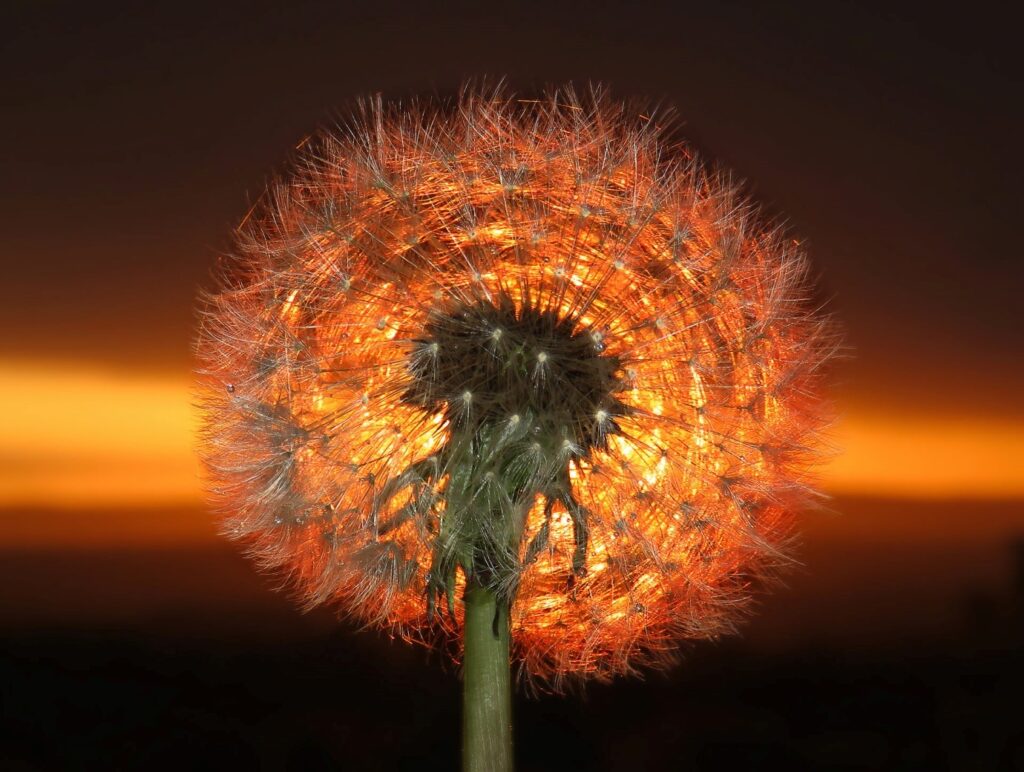
Instructions for making a Third Thing
1
you’ve got the First Thing
that’s you
2
find a Second Thing
this can be anything
a kettle
a singing robin
someone you love
winter
fluff
3
collaborate
you and the robin
for example
write
paint
or just listen
appreciate
respond
that’s the Third Thing
it didn’t exist before
a new thing brought into the world
you and the robin
together
the Third Thing
Phil Barnett
Leslie: How does the urgency of the current climate/eco crisis affect you and your work as an artist?
Phil: A love of nature is a blessing in all the well-known and obvious ways. However, it can also feel like a curse at times. I have mentioned, for example, my love of birds so I have had a detailed knowledge of birdlife in the places where I’ve lived.
I’ve carried out bird surveys on the patch so I know pretty accurately how many breeding pairs there are for each species. This is, in some ways, setting myself up for mental health-fall. A number of these species are red listed – of most conservation concern and so are declining.
For me personally, to witness a year-on-year decline is devastating. What were once common species are now rare. I sometimes think that it would better for my wellbeing if I were under a veil of ecological ignorance.
I love nature and the thing I love is disappearing.
However, I don’t often focus on this in the things I create. Despite this decline there is still an abundance of nature to celebrate – this is what I do.
Some of the most popular wildlife documentaries are those that show, in an unabashed way, just how wonderful the natural world is. David Attenborough has, of course, produced many of the very best. He is sometimes criticised for presenting an unrealistic picture of a pristine wilderness teeming with wildlife and so resulting in a degree of complacency.
His supporters would counter that he is increasingly smuggling in a call to action. And in order for the public to be concerned about the natural world they first have to fall in with love it. The best way to do with is show them wonders.
At least a far as my art goes I tend to the latter view – show the wonder!
Next week I interview printmaker Flora McLachlan whose wild images spring from the unseen powers of nature.
ABOUT LESLIE TATE’S BOOKS:

I interviewed writer Julia Lee Barclay-Morton about her experience of autism. Julia began as an experimental dramatist in New York, moving to the UK to

I interviewed Gillean McDougall from Glasgow, who edited the collaborative projects Honest Error (on Charles Rennie Mackintosh and his wife Margaret Macdonald) and Writing the

I interviewed French writer Delphine de Vigan, whose book, No et moi, won the prestigious Prix des libraires. Other books of hers have won a clutch

I interviewed Joanne Limburg whose poetry collection Feminismo was shortlisted for the Forward Prize for Best First Collection; another collection, Paraphernalia, was a Poetry Book Society Recommendation. Joanne

I interviewed Katherine Magnoli about The Adventures of KatGirl, her book about a wheelchair heroine, and Katherine’s journey from low self-esteem into authorial/radio success and
| Cookie | Duration | Description |
|---|---|---|
| cookielawinfo-checkbox-analytics | 11 months | This cookie is set by GDPR Cookie Consent plugin. The cookie is used to store the user consent for the cookies in the category "Analytics". |
| cookielawinfo-checkbox-functional | 11 months | The cookie is set by GDPR cookie consent to record the user consent for the cookies in the category "Functional". |
| cookielawinfo-checkbox-necessary | 11 months | This cookie is set by GDPR Cookie Consent plugin. The cookies is used to store the user consent for the cookies in the category "Necessary". |
| cookielawinfo-checkbox-others | 11 months | This cookie is set by GDPR Cookie Consent plugin. The cookie is used to store the user consent for the cookies in the category "Other. |
| cookielawinfo-checkbox-performance | 11 months | This cookie is set by GDPR Cookie Consent plugin. The cookie is used to store the user consent for the cookies in the category "Performance". |
| viewed_cookie_policy | 11 months | The cookie is set by the GDPR Cookie Consent plugin and is used to store whether or not user has consented to the use of cookies. It does not store any personal data. |
4 responses
Well done Leslie Tate four really sharing . I believe he is now well doing and can do his daily activities as usual
Well I’m a lot better than I was, but I’m still effected and limited in what I can do.
I really enjoyed this interview with Phil, Leslie. In a way, it seems he followed mindfulness, being in the moment in nature. I have studied this myself. It is fascinating. I love all things nature. And… I am developing quite a fondness for our feathered friends too!
🙂 🙂 🙂